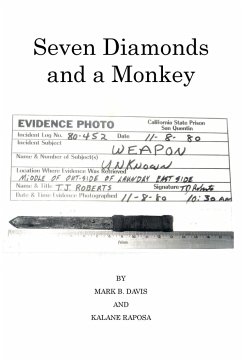On any given morning more than a dozen gun towers eerily protrude through the dense blanket of fog at the water's edge. Lurking beneath the fog is a hulking monstrosity of concrete and steel designed to house California's most dangerous criminals. Like the sign upon entering Dante's Inferno: "Abandon all hope ye who enter here," San Quentin State Prison is a landscape of horror both harsh and stark. Its mere existence speaks in direct testimony to California's urban decay. Originally constructed from the hull of a ship in 1852, San Quentin is California's oldest state prison. It is nestled in the lush greenery of Marin County, just twelve miles north of San Francisco across the expanse of the historic Golden Gate Bridge. With a half-dozen sleepy little towns tucked away at the base of Mt. Tamalpais, Marin seems as unlikely a place as any to build what has become one of the most notorious prisons in the United States. By 1980, San Quentin's population had exploded to three thousand while the institution itself had expanded across four hundred acres. During its heyday in the 1970's, San Quentin was a Level 4 maximum-security prison. Widely regarded as "gladiator school," it was the most violent prison in the country. Housing over two hundred inmates on its infamous death row, the institution boasted four hundred and sixty assaults while its murder toll soared to a staggering, and unprecedented sixty-one. For most men at San Quentin, November 8, 1980, was just another day. It was not, however, for Mark Cauchi. Nor was it for James Dance. One of them was going to die that day, and both men knew it.
Hinweis: Dieser Artikel kann nur an eine deutsche Lieferadresse ausgeliefert werden.
Hinweis: Dieser Artikel kann nur an eine deutsche Lieferadresse ausgeliefert werden.








